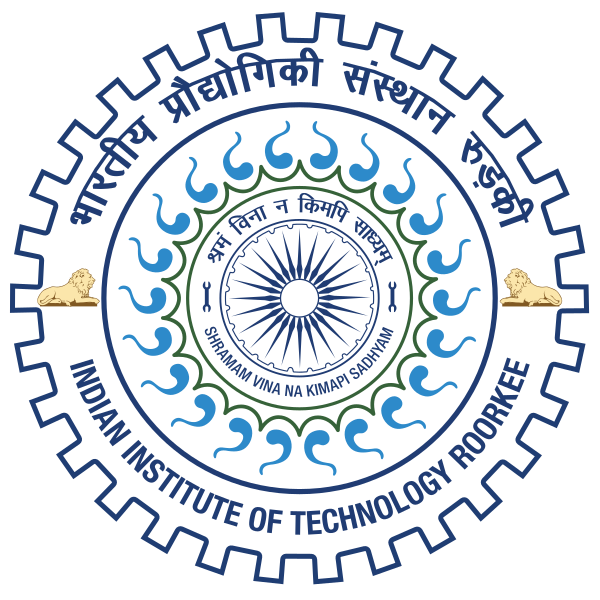Please use this identifier to cite or link to this item:
http://localhost:8081/jspui/handle/123456789/8575Full metadata record
| DC Field | Value | Language |
|---|---|---|
| dc.contributor.author | Banis, Yaghoob Norouzi | - |
| dc.date.accessioned | 2014-11-15T07:42:34Z | - |
| dc.date.available | 2014-11-15T07:42:34Z | - |
| dc.date.issued | 1992 | - |
| dc.identifier | M.Tech | en_US |
| dc.identifier.uri | http://hdl.handle.net/123456789/8575 | - |
| dc.guide | Vittal, N. | - |
| dc.description.abstract | Vertical lift gates installed on barrages and in intake structures are normally . subjected to underflow only. However, at times during their operation, they are also subjected to overflow and simultaneous under and overflows also. In the case of simultaneous flow, the overflow nappe and underfloor jet meet downstream to form an air pocket. In order to balance momentum of flow downstream, water stands in the air pocket above the underflow jet. The flow entrains air from the pocket and air should be supplied continuously into the pocket to maintain atmospheric pressure inside the pocket. In this situation, one could be interested in knowing the air demand rate and water discharge characteristics. Since air demand is likely to be affected by the air pocket water level, air pocket water level also assumes importance. While air demand and water discharge characteristics of overflow alone and water discharge characteristics of underfiow alone have been studied extensively, such studies for simultaneous flow received less attention. In this study, experiments were conducted on vertical plates installed in a horizontal rectangular channel, with different gate openings, , overflow heads under conditions of free flow (both under and overflows unaffected by tailwater) partially submerged flow (only underflow affected by tail water) and completely submerged flow (both under and overflows affected by tail water). Functional relationships based on dimensional considerations, (iv) have been developed and independent parameters affecting the dependent parameters viz, air pocket water level, air demand and water discharge, have been identified. The data have been studied against the ' parameters so identified. Taking the overflow alone as the basis for the development of predictors for each one of the aspects of interest, multiplying or additive correction factors have been evolved as functions of relative gate opening and degree of submergence, for all the three conditions of flow described above. These predictors can be employed in estimating air pocket water level, air demand and water discharge for the case of simultaneous under and overflows past vertical lift gates | en_US |
| dc.language.iso | en | en_US |
| dc.subject | CIVIL ENGINEERING | en_US |
| dc.subject | SIMULTANEOUS UNDERFLOW | en_US |
| dc.subject | OVERFLOW PAST | en_US |
| dc.subject | VERTICAL LIFT GATE | en_US |
| dc.title | SIMULTANEOUS UNDERFLOW AND OVERFLOW PAST A VERTICAL LIFT GATE | en_US |
| dc.type | M.Tech Dessertation | en_US |
| dc.accession.number | 245614 | en_US |
| Appears in Collections: | MASTERS' THESES (Civil Engg) | |
Files in This Item:
| File | Description | Size | Format | |
|---|---|---|---|---|
| CED245614.pdf | 3.81 MB | Adobe PDF | View/Open |
Items in DSpace are protected by copyright, with all rights reserved, unless otherwise indicated.

